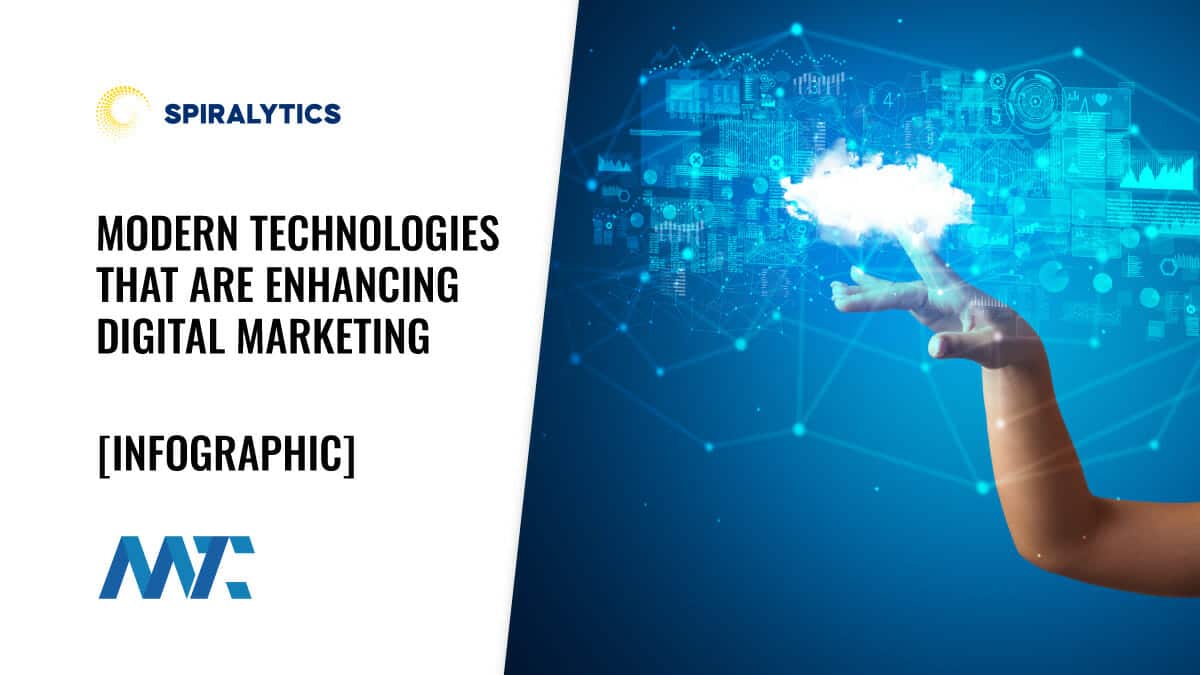The notion of a set it and forget it marketing strategy is impractical and can harm a brand’s success. As consumer behaviors evolve, technologies advance and new marketing channels emerge, sticking to a static strategy is akin to steering a ship without acknowledging the changing tides. This article delves into why a set-it-and-forget-it approach is unwise and highlights the importance of continual optimization and testing in marketing.
The Dynamic Nature of Consumer Behavior
75% of consumers have tried a new shopping behavior since the pandemic began, with 36% experimenting with new brands and products.
McKinsey
Consumer behavior is not static; it’s a constantly shifting landscape influenced by various factors such as cultural trends, economic conditions, and technological advancements. This highlights the fluidity of consumer preferences and the need for marketers to stay agile.
Key Drivers of Changing Consumer Behavior
- Digital Transformation: The rise of e-commerce and mobile shopping has dramatically altered how consumers interact with brands. In 2022, global e-commerce sales reached $5.7 trillion, a clear indicator of the shift towards digital.
- Personalization Expectations: Modern consumers expect personalized experiences. A study by Epsilon revealed that 80% of consumers are more likely to purchase when brands offer personalized experiences.
- Social Influence: Social media platforms have become critical in shaping consumer preferences. The Global Web Index found that 54% of social browsers use social media to research products.
- Economic Conditions: As consumers meet economic challenges like inflation, their appetite for new brands that may be less expensive increases.
Given these dynamics, a static marketing strategy can quickly become obsolete, leading to missed opportunities and decreased engagement.
Technological Advancements: A Catalyst for Change
The rapid pace of technological advancement continually reshapes the marketing landscape. New technologies offer innovative ways to understand and reach consumers, from artificial intelligence to big data.
Impactful Technological Trends
- Artificial Intelligence (AI): AI enables predictive analytics, customer segmentation, and personalized content delivery. Marketers who leverage AI see up to a 20% increase in sales.
- Big Data: Access to vast amounts of data allows for deeper consumer insights and targeted marketing efforts. Companies using data-driven strategies see 5-8 times better ROI.
- Augmented Reality (AR): AR provides immersive experiences, enhancing customer engagement and decision-making processes. According to a report by Deloitte, 40% of consumers are willing to pay more for a product if they can experience it through AR.
Failing to incorporate and adapt to these technologies can render a marketing strategy ineffective, as competitors who embrace these advancements will likely gain a competitive edge.
The Proliferation of New Marketing Channels
The emergence of new marketing channels further underscores the need for an adaptive strategy. Platforms like TikTok and Clubhouse have revolutionized content consumption and engagement, providing novel opportunities for brand visibility and customer interaction.
Examples of Evolving Marketing Channels
- Social Media: Platforms such as Instagram, TikTok, and LinkedIn constantly evolve with new features like reels, stories, and live streams that require updated marketing tactics.
- Influencer Marketing: This channel continues to grow, with the influencer marketing industry expected to reach $21.1 billion by 2024 .
- Voice Search and Smart Speakers: As voice technology becomes more prevalent, optimizing for voice search is critical. It’s estimated that 55% of households will own a smart speaker by 2025 .
Marketing strategies that do not account for these new channels will struggle to maintain relevance in an ever-changing marketplace.
The Imperative of Continuous Optimization and Testing
In light of these factors, it is clear that every marketer must continually test and optimize their strategies to stay ahead. Continuous optimization involves refining campaigns based on performance data, while testing new strategies helps identify what resonates best with the target audience.
Benefits of Continuous Optimization and Testing
- Increased ROI: Businesses can achieve a higher return on investment by continuously improving marketing efforts. According to a study by HubSpot, companies that optimize their landing pages see a 55% increase in leads .
- Enhanced Customer Experience: Regular testing and optimization ensure that marketing messages remain relevant and engaging, enhancing overall customer satisfaction.
- Competitive Advantage: Staying agile and adaptive allows marketers to respond quickly to industry changes and consumer trends, maintaining a competitive edge.
Steps for Effective Continuous Optimization
- Data Analysis: Regularly analyze marketing data to identify areas for improvement.
- A/B Testing: Conduct A/B tests to compare different versions of marketing materials and determine what works best.
- Feedback Loop: Create a feedback loop with customers to gain insights and make necessary adjustments.
- Technology Integration: Leverage the latest tools and technologies for data collection and campaign management.
The marketing landscape is a dynamic ecosystem influenced by ever-changing consumer behavior, technological advancements, and the constant emergence of new marketing channels. A set it and forget it approach to marketing is not only ineffective but also risky. Marketers must embrace a culture of continuous optimization and testing to remain relevant and competitive in this rapidly evolving environment. By staying flexible and responsive, businesses can better meet the needs of their customers and achieve sustained success.
